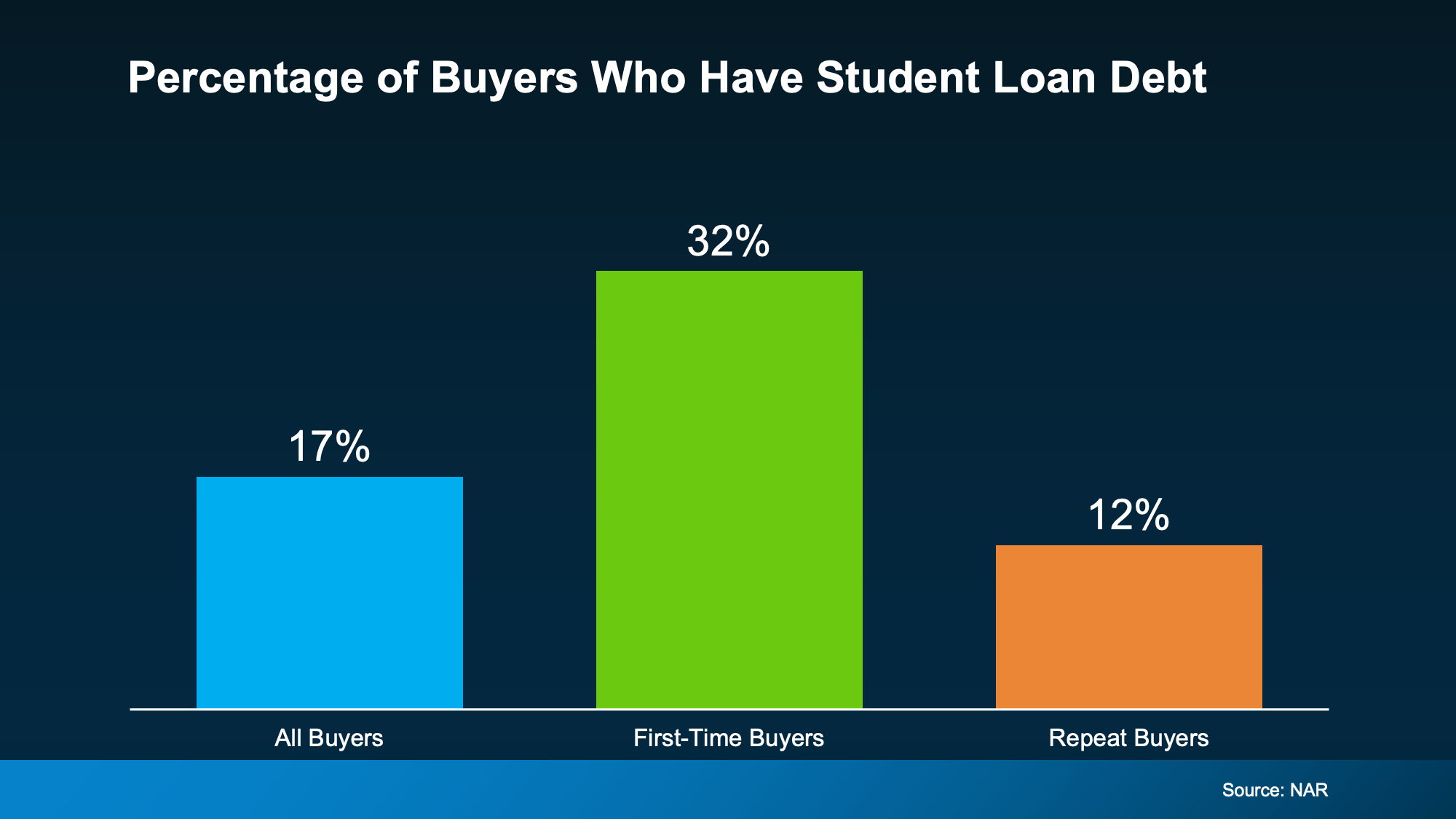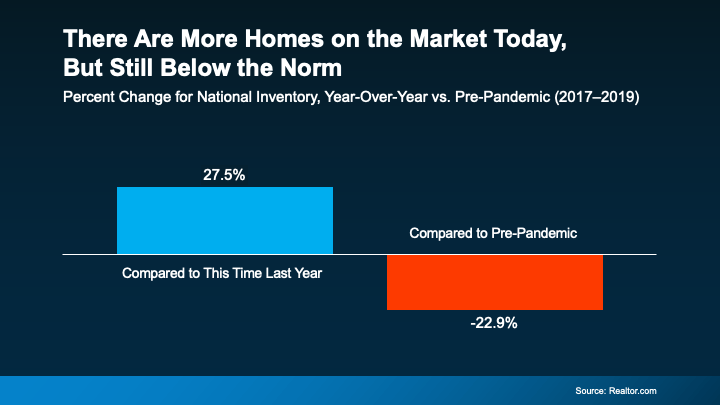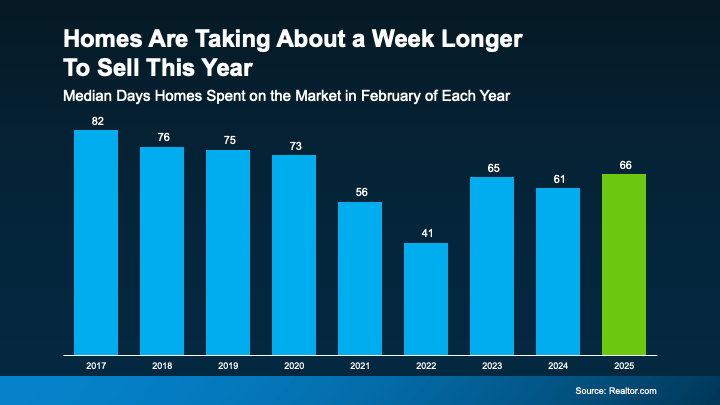As we move into the summer season, May 2025 has delivered a clear message: patience and preparation are more important than ever in this evolving real estate market. While buyers re-engaged and sellers continued to enter the market in greater numbers, success now depends on timing, presentation, and flexibility.
Market Overview May 2025:
- Active Listings: 13,599 homes were available at the end of May, a 13.67% increase from April and up 48.48% compared to May 2024—marking the highest inventory level since 2011.
- New Listings: 7,284 new properties hit the market in May, a modest increase of 3.14% month-over-month and 4.48% year-over-year.
- Pending Sales: Buyer activity picked up with 4,349 properties under contract, up 6.88% from April and 10.13% higher than this time last year.
- Closed Sales: 4,036 properties closed in May, a slight decline of 2.63% from April and 9.51% fewer than May 2024.
Current Market Conditions:
- Median Sale Price: Held steady at $600,000, unchanged from last year and only slightly down from $604,000 in April.
- Sales Volume: Totaled $2.91 billion, down 2.44% month-over-month and 8.92% year-over-year.
- Days on Market: Homes spent an average of 33 days in the MLS, down from 37 in April, but up from 26 in May 2024. The median stayed flat at 13 days, though it was 9 days a year ago.
- Close-Price-to-List-Price Ratio: Remained firm at 99.32%, slightly below last year’s 99.78%..
What This Means for Buyers:
More listings mean more options—and more negotiating power. With nearly 14,000 homes on the market and buyer activity returning, this is a great time to re-enter your search with a fresh strategy. Homes that are priced right and well-maintained are still moving quickly, but those missing the mark offer room to negotiate.
What This Means for Sellers:
We’ve moved from a market where buyers competed aggressively, to one where sellers now compete with their neighbors. With inventory rising and buyers more cautious, preparation is key. Updated condition, strategic pricing, and flexibility during negotiations can make all the difference.
Looking Ahead:
This market rewards those who are informed and adaptable. Inventory is expected to continue growing into the summer, so aligning your goals with current market trends—while remaining patient and focused—will be key to success.
Need Guidance?
Whether you’re thinking about buying, selling, or planning ahead for later in the year, I’m here to help. Let’s talk about your goals and how we can position you to succeed in today’s market.
This update is based on information provided by the Denver Metro Association of Realtors® for the period of May 1, 2025, through May 31 2025, for the following counties: Adams, Arapahoe, Boulder, Broomfield, Clear Creek, Denver, Douglas, Elbert, Gilpin, Jefferson and Park.

 Facebook
Facebook
 X
X
 Pinterest
Pinterest
 Copy Link
Copy Link














